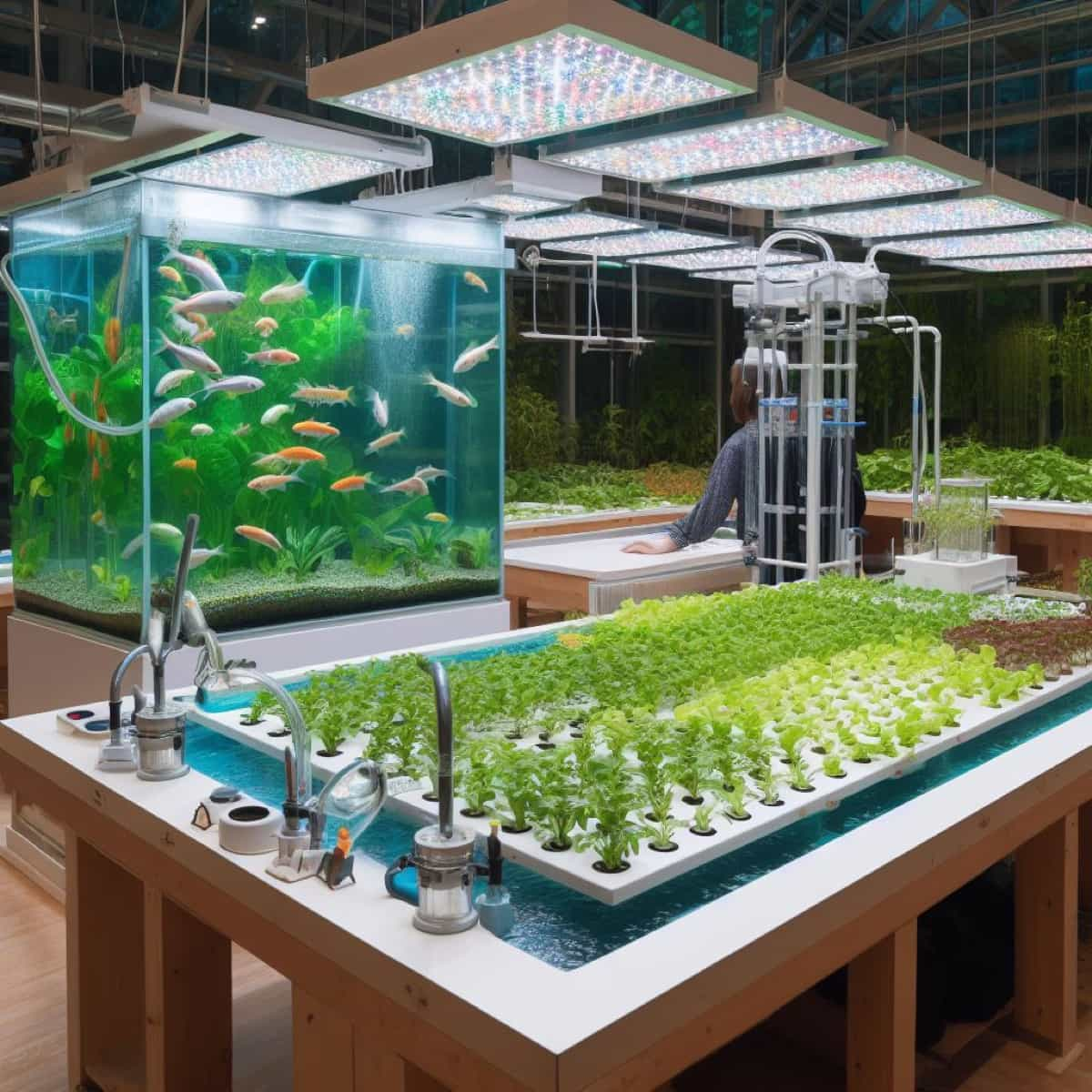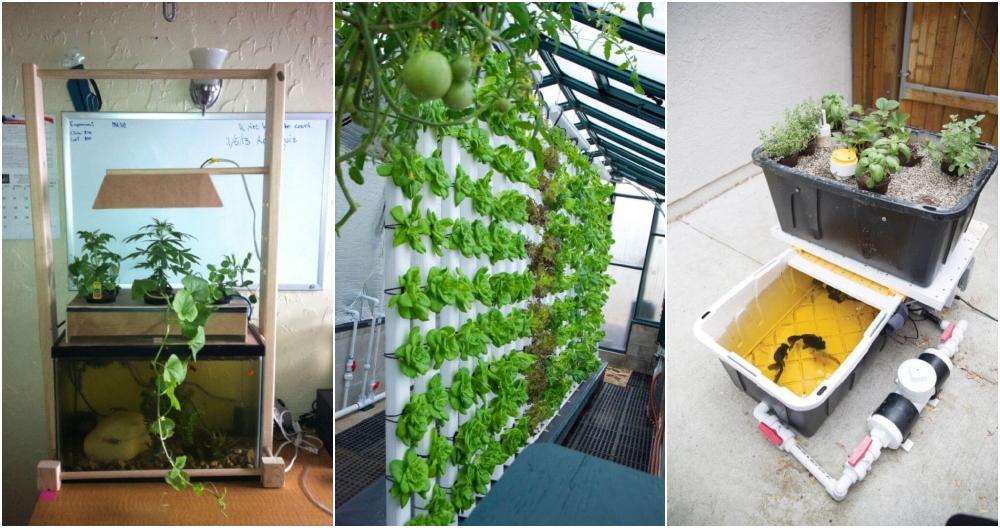
Designing a Cost-Effective Aquaponic System for Urban Gardens
Urban agriculture is experiencing a surge in popularity, driven by a growing awareness of food security concerns, a desire for locally sourced produce, and a recognition of the environmental benefits of sustainable food production. Aquaponics, a symbiotic system integrating aquaculture (raising fish) and hydroponics (growing plants without soil), presents a compelling solution for urban environments. However, the initial investment in a traditional aquaponic system can be substantial. This article explores strategies for designing a cost-effective aquaponic system tailored to the constraints and opportunities presented by urban gardens.
Optimizing System Design for Cost Reduction
The key to building a cost-effective aquaponic system lies in careful planning and the selection of appropriate materials and components. Minimizing system complexity and maximizing resource utilization are crucial for reducing both initial investment and long-term operational expenses.
Choosing the Right System Type
Several aquaponic system designs exist, each with varying levels of complexity and cost. Media bed systems, utilizing gravel or other inert media to support plant growth, are generally more affordable and easier to construct than deep water culture (DWC) or nutrient film technique (NFT) systems. Media bed systems are also more forgiving of minor fluctuations in water parameters, reducing the need for sophisticated monitoring and control equipment.
For beginners or those with limited resources, a simple, small-scale media bed system is recommended. This approach allows for gradual expansion and refinement as experience and resources permit. Scaling up can be achieved by adding modular components rather than undertaking a complete system overhaul.
Material Selection: Prioritizing Affordability and Durability
Construction materials significantly impact the overall cost. While pre-fabricated aquaponic systems are readily available, they often command a premium price. A DIY approach using readily available and recycled materials can significantly reduce expenses. Repurposed food-grade plastic containers (such as IBC totes), recycled lumber, and inexpensive plumbing fittings can form the foundation of a robust and affordable system.
For the grow bed, instead of purchasing specialized media, consider using readily available options like washed gravel, lava rock, or even repurposed clay pebbles. These materials provide a stable and cost-effective growing medium for plants.
System Size and Scalability
Begin with a small-scale system to gain experience and refine your design before expanding. A smaller system requires less material, reducing upfront costs and minimizing the risk of failure. The system should be scalable to accommodate future growth. Modular design principles, where components can be added or removed easily, are highly advantageous in this context.
Minimizing Operational Costs
The ongoing operational costs of an aquaponic system can be significant if not managed effectively. Energy consumption, water usage, and nutrient supplementation are key areas to focus on for cost optimization.
Energy Efficiency
Air pumps are crucial for aeration in aquaponic systems, but they can consume considerable energy. Opt for energy-efficient air pumps with low wattage ratings. Consider using solar-powered air pumps to further reduce energy costs. Similarly, if supplemental lighting is required, energy-efficient LED grow lights should be prioritized over incandescent or fluorescent bulbs.
Water Management and Conservation
Aquaponics relies on a recirculating water system, which minimizes water consumption compared to traditional agriculture. However, water loss through evaporation and leakage should be minimized. Regularly inspect the system for leaks and seal any cracks promptly. Using a cover over the grow bed can reduce evaporation, particularly in warmer climates.
Nutrient Management
The fish provide the primary source of nutrients in an aquaponic system. However, careful monitoring of water parameters (pH, ammonia, nitrite, nitrate) is essential to ensure optimal plant growth. Regular water testing is necessary to identify potential nutrient deficiencies. Avoid excessive use of commercial nutrient solutions, as these can add unnecessary costs. Instead, focus on maintaining a healthy balance within the system through proper fish feeding and biofiltration.
Harnessing Urban Resources and Community Support
Urban settings offer unique opportunities for cost reduction through resourcefulness and community engagement.
Source Materials Locally and Responsibly
Explore local sources for construction materials and components. Contact local construction companies for surplus materials or visit recycling centers for repurposed items. Involving the community can also help source free or low-cost materials. For example, local garden centers may offer discounted plants or growing media.
Community Collaboration and Knowledge Sharing
Engage with local urban gardening communities and aquaponics enthusiasts. Sharing knowledge, resources, and even labor can significantly reduce the costs and challenges associated with building and maintaining an aquaponic system. Participating in workshops or attending online forums can provide valuable insights and support.
Potential for Waste Reduction and Reuse
The aquaponic system itself offers opportunities for waste reduction. Food scraps from the household can be composted and used to enrich the soil around the system's plants. The harvested fish and vegetables can reduce reliance on commercially produced food, leading to further cost savings. By adopting a holistic approach that integrates the system into a broader strategy of waste reduction and reuse, substantial cost advantages can be realised.
Conclusion
Designing a cost-effective aquaponic system for urban gardens requires a multifaceted approach that integrates careful planning, judicious material selection, efficient operational practices, and community engagement. By prioritizing simplicity, resourcefulness, and scalability, it is possible to build a productive and sustainable aquaponic system without incurring excessive costs. This approach not only reduces the financial burden but also promotes environmentally responsible food production within the confines of urban environments.
The initial investment might seem daunting, but the long-term benefits of fresh, homegrown produce and the reduced reliance on commercially produced food easily outweigh the costs, making a DIY aquaponic system a worthwhile endeavor for urban gardeners seeking both sustainability and affordability.






/GettyImages-142873284-7afec7706c2a4997841bde2792c7ff6b.jpg)